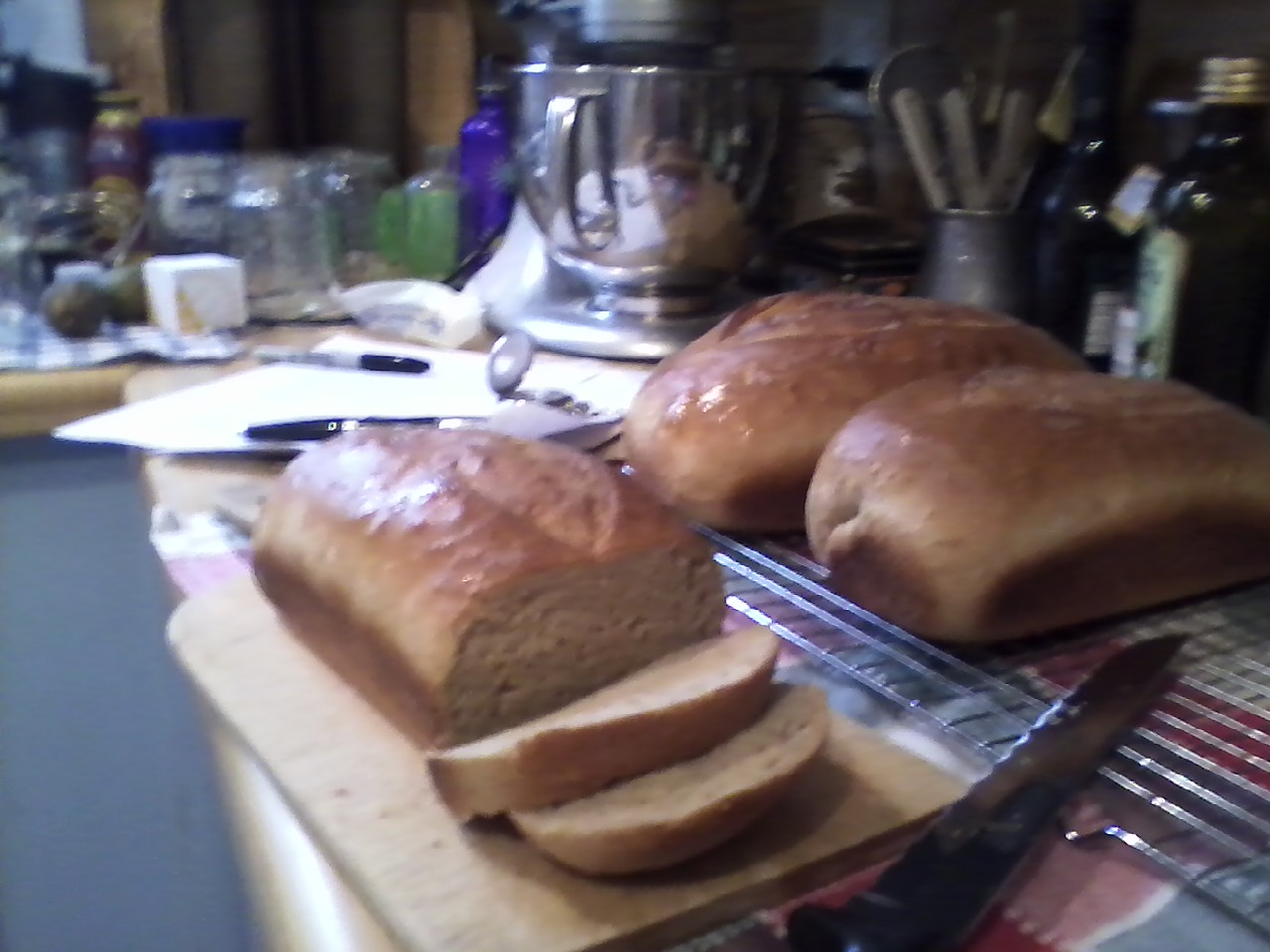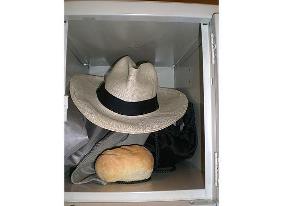My dear Emilee,
You asked me “Why should humans be moral?”
That is a really big question. It is also a very important question, and one which can open the door to long conversations and many more questions.
However, the question is phrased in such a way that makes it difficult, almost impossible to answer, and in such a way that always leaves a little gap of doubt. Why be moral implies that goodness–kindness and courage and honesty and generosity and whatever other moral words we humans use–are separate from us, alien to us, almost like a remarkably fancy yet highly impractical (and, need I mention, very costly) fedora which we can choose to put on our heads or choose to leave in the front window of the Haberdashery in State Street.
Morality is best not a noun, but an adjective describing humans, or even an adverb describing how humans are human. I would really prefer not to use the word “moral, ” but instead to ask “Why should humans be good?”
Of course, I really prefer to ask “why should humans be good?” because it is an absurd question. Good is desirable. Why should food be good? Because good food is–by definition–better than bad food. Why eat bad bread? Why should music be good? Why should I try to make this a good answer? Although trite, it is quite simply the case that goodness is good. A human being doesn’t desire to be a not good human being; if it is within our power, we are as unlikely to deliberately choose not to be good as we are to choose to be hideous, or even choose to be uncoordinated or unpopular.
Goodness is good, but we certainly do get sidetracked.
There is within most of us–within everybody I’ve met, and I have met many, many people from all the hemispheres & continents–a desire to be good, and generally, some sort of moral sense that suggests what that goodness might be. I am under no illusions that we actually are good–a day or two working retail or being a barista will show you that humans are capable of being saints and fiends and everything in between–but they each want to understand themselves as good, and be understood as good, and judge others as good or evil.
Yes, there are sociopaths, but they are exceptional, not typical (albeit amazingly common any place that serves espresso drinks).
Yes–and this is not at all exceptional–we often ignore the desire to be good. We human beings want to take shortcuts, and we want to taste forbidden fruit. “Yes, I want to be good, but it would be so much easier to tell a lie than to deal with this right now.” “Yes, I desire to be good, but I also desire the feel of her soft skin warm against mine.”
Yes, there are many different ideas of what it means to be a good person. There are disagreements within cultures, and there are incommensurable differences across cultural lines, but underneath these there is a desire to be good. In fact, one of the reasons the disagreements are so ferocious is how strongly we feel about being good.
We want to be good, and we want to be thought good. We don’t want our friends, our families, our acquaintances, or even total strangers to think we are a louse, a jerk, a letch, a cheapskate our mooch, a liar, a coward, and insensitive lout or a douche-bag. We want them to think we are a good person, in part because ultimately that is the only way we can know ourselves to be good. Sometimes we internalize the judgements of the world to create an interior judge, but we also externalize our own conscience, looking for concurring second opinions.
So, my dear young friend, my long-limbed albatross flying across the seas, my dear Emilee, my answer is, in short:
There is no Why should humans be moral. Morality, like rationality, like bipedality, like fondness for sugar and salt and fat, is part of human being.
The vital question isn’t why, but how?
…and that leads to a whole mess of new questions and conversations.![]()


